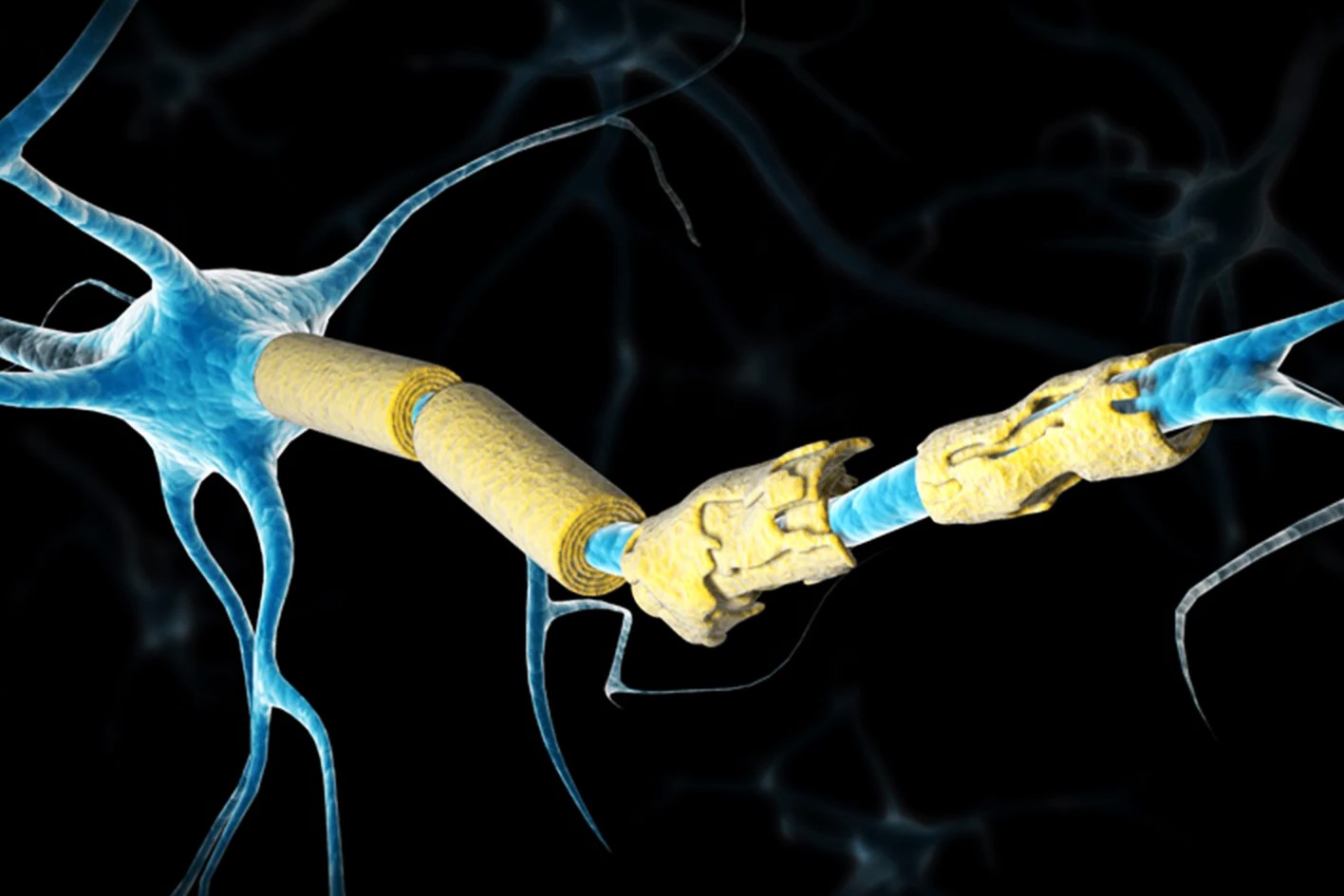
Transverse Myelitis is a rare neurological condition that can strike anyone, regardless of age or background. It involves inflammation of both sides of one section of the spinal cord, which can disrupt the normal flow of nerve signals. This disruption can lead to a variety of symptoms, including pain, muscle weakness, paralysis, sensory problems, or bladder and bowel dysfunction. Understanding Transverse Myelitis is crucial for those affected and their loved ones, as it can help in managing the condition more effectively. This article will provide 50 facts about Transverse Myelitis, shedding light on its causes, symptoms, treatments, and much more. Whether you're newly diagnosed or seeking more information, these facts aim to offer a comprehensive overview of this complex condition.
Key Takeaways:
- Transverse Myelitis is a rare spinal cord disorder with symptoms like pain, weakness, and bladder problems. Early diagnosis and treatment are crucial for better outcomes.
- Treatment involves medications, therapy, and lifestyle adjustments. Research is ongoing to improve understanding and develop new therapies for Transverse Myelitis.
What is Transverse Myelitis?
Transverse Myelitis is a rare neurological disorder caused by inflammation of the spinal cord. This inflammation can damage or destroy myelin, the fatty insulating substance that covers nerve cell fibers. Let's dive into some fascinating facts about this condition.
- Transverse Myelitis can affect anyone, regardless of age, gender, or race.
- The term "transverse" refers to the inflammation spreading across the width of the spinal cord.
- Symptoms often develop rapidly, within hours to days.
- Common symptoms include pain, sensory problems, weakness in the legs or arms, and bladder or bowel dysfunction.
- The exact cause of Transverse Myelitis is often unknown, making it idiopathic in many cases.
- Some cases are linked to infections, immune system disorders, or other autoimmune diseases.
- It can be a one-time event or part of a recurrent disease.
- Diagnosis typically involves MRI scans, lumbar punctures, and blood tests.
- Early treatment is crucial for better outcomes.
- Treatments may include corticosteroids, plasma exchange therapy, and immunosuppressive drugs.
Symptoms and Diagnosis
Understanding the symptoms and how Transverse Myelitis is diagnosed can help in early detection and treatment.
- Pain is often the first symptom, usually starting in the lower back.
- Sensory issues can include numbness, tingling, or a burning sensation.
- Weakness or paralysis can occur in the legs or arms.
- Bladder and bowel control problems are common.
- Some patients experience muscle spasms or stiffness.
- MRI scans can show inflammation in the spinal cord.
- A lumbar puncture can detect increased white blood cells or proteins in the cerebrospinal fluid.
- Blood tests can help rule out other conditions.
- Early diagnosis is key to preventing permanent damage.
- Misdiagnosis can occur due to symptom overlap with other neurological disorders.
Causes and Risk Factors
While the exact cause of Transverse Myelitis is often unknown, several factors can increase the risk of developing this condition.
- Viral infections like herpes, West Nile virus, and Zika can trigger Transverse Myelitis.
- Bacterial infections such as tuberculosis and Lyme disease are also potential triggers.
- Autoimmune diseases like multiple sclerosis and lupus can be linked to Transverse Myelitis.
- Vaccinations have been rarely associated with the onset of Transverse Myelitis.
- Some cases occur after a respiratory or gastrointestinal infection.
- Genetic predisposition may play a role in some individuals.
- Environmental factors like exposure to certain toxins could be a risk factor.
- Age is not a significant risk factor; it can occur at any age.
- Both men and women are equally affected.
- Stress and physical trauma are not direct causes but can exacerbate symptoms.
Treatment and Management
Managing Transverse Myelitis involves a combination of medical treatments and lifestyle adjustments.
- Corticosteroids are often the first line of treatment to reduce inflammation.
- Plasma exchange therapy can help remove harmful antibodies from the blood.
- Immunosuppressive drugs may be used for long-term management.
- Pain management is crucial and may involve medications or physical therapy.
- Rehabilitation can include physical, occupational, and speech therapy.
- Assistive devices like wheelchairs or walkers may be needed.
- Regular follow-ups with a neurologist are essential.
- Psychological support can help cope with the emotional impact.
- Lifestyle changes like a balanced diet and regular exercise can improve overall health.
- Support groups and online communities can provide valuable resources and emotional support.
Prognosis and Research
The prognosis for Transverse Myelitis varies, and ongoing research aims to improve understanding and treatment.
- Some patients recover fully, while others may have lasting disabilities.
- Early treatment improves the chances of a better outcome.
- Rehabilitation can significantly enhance quality of life.
- Ongoing research is exploring new treatments and therapies.
- Clinical trials are investigating the effectiveness of stem cell therapy.
- Advances in MRI technology are improving diagnostic accuracy.
- Genetic studies are looking into potential hereditary factors.
- Research on autoimmune diseases is shedding light on related conditions.
- Patient registries are helping track long-term outcomes and treatment effectiveness.
- Increased awareness and education are crucial for early detection and treatment.
Final Thoughts on Transverse Myelitis
Transverse myelitis, a rare neurological disorder, affects the spinal cord, causing inflammation that can lead to severe symptoms like paralysis, pain, and sensory issues. Understanding the symptoms, causes, and treatment options is crucial for those affected and their families. Early diagnosis and prompt treatment can significantly improve outcomes, though recovery varies widely among individuals.
Research continues to advance, offering hope for better therapies and potential cures. Support groups and resources are available to help patients navigate this challenging condition. Staying informed and proactive in managing health can make a significant difference.
Remember, while transverse myelitis is rare, awareness and education are key to improving the lives of those impacted. If you or someone you know shows symptoms, seek medical advice promptly. Knowledge empowers, and together, we can make strides in understanding and combating this condition.
Frequently Asked Questions
Was this page helpful?
Our commitment to delivering trustworthy and engaging content is at the heart of what we do. Each fact on our site is contributed by real users like you, bringing a wealth of diverse insights and information. To ensure the highest standards of accuracy and reliability, our dedicated editors meticulously review each submission. This process guarantees that the facts we share are not only fascinating but also credible. Trust in our commitment to quality and authenticity as you explore and learn with us.


